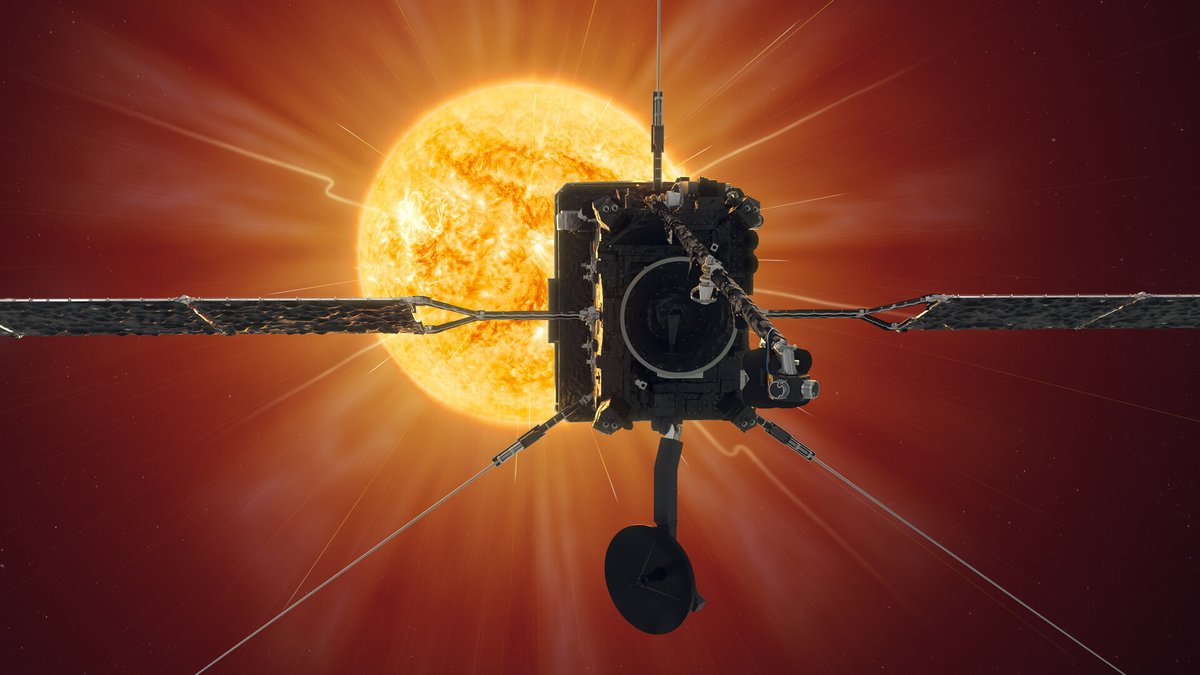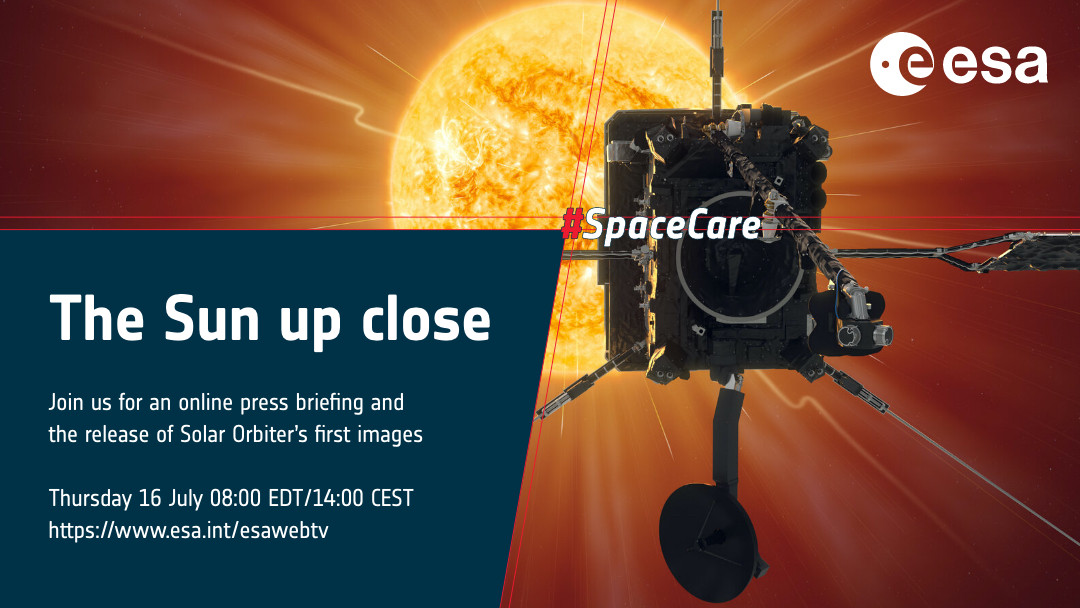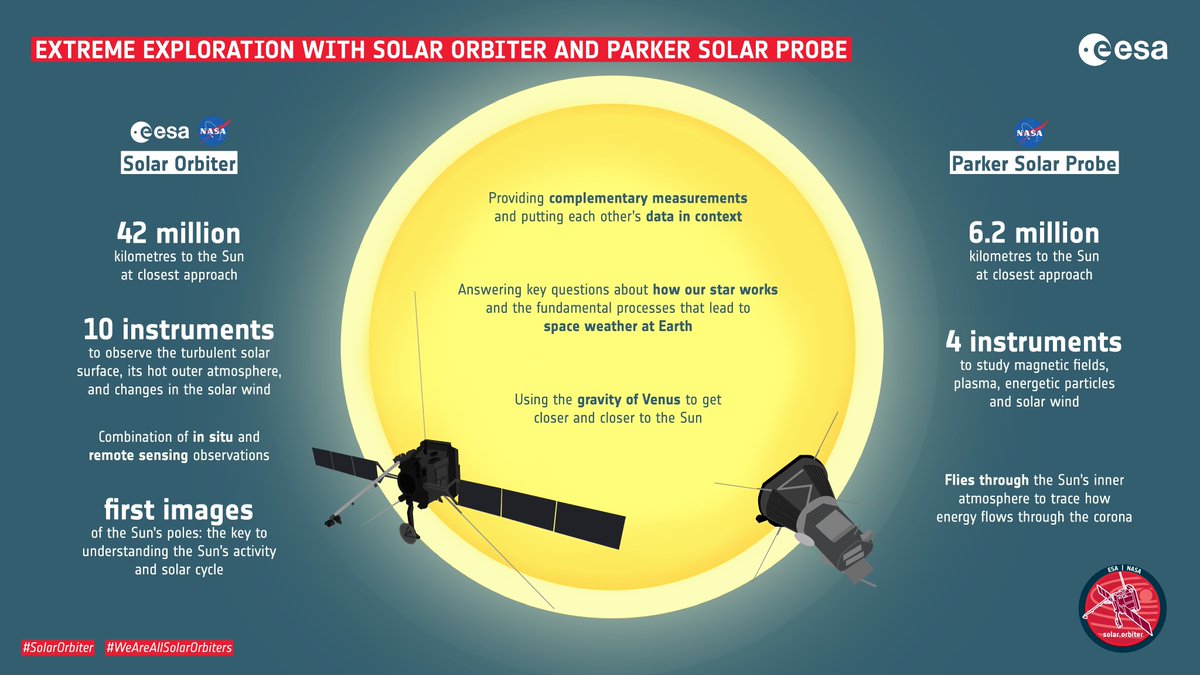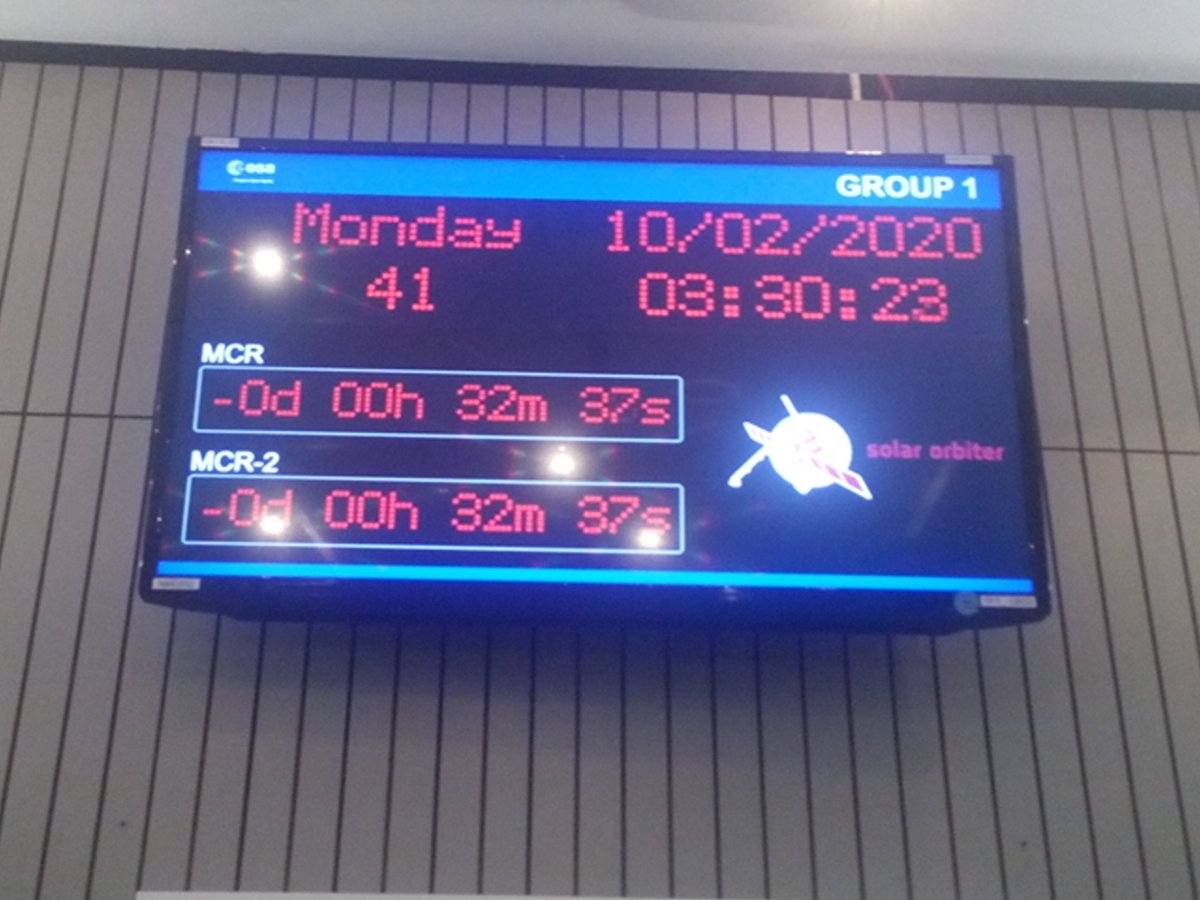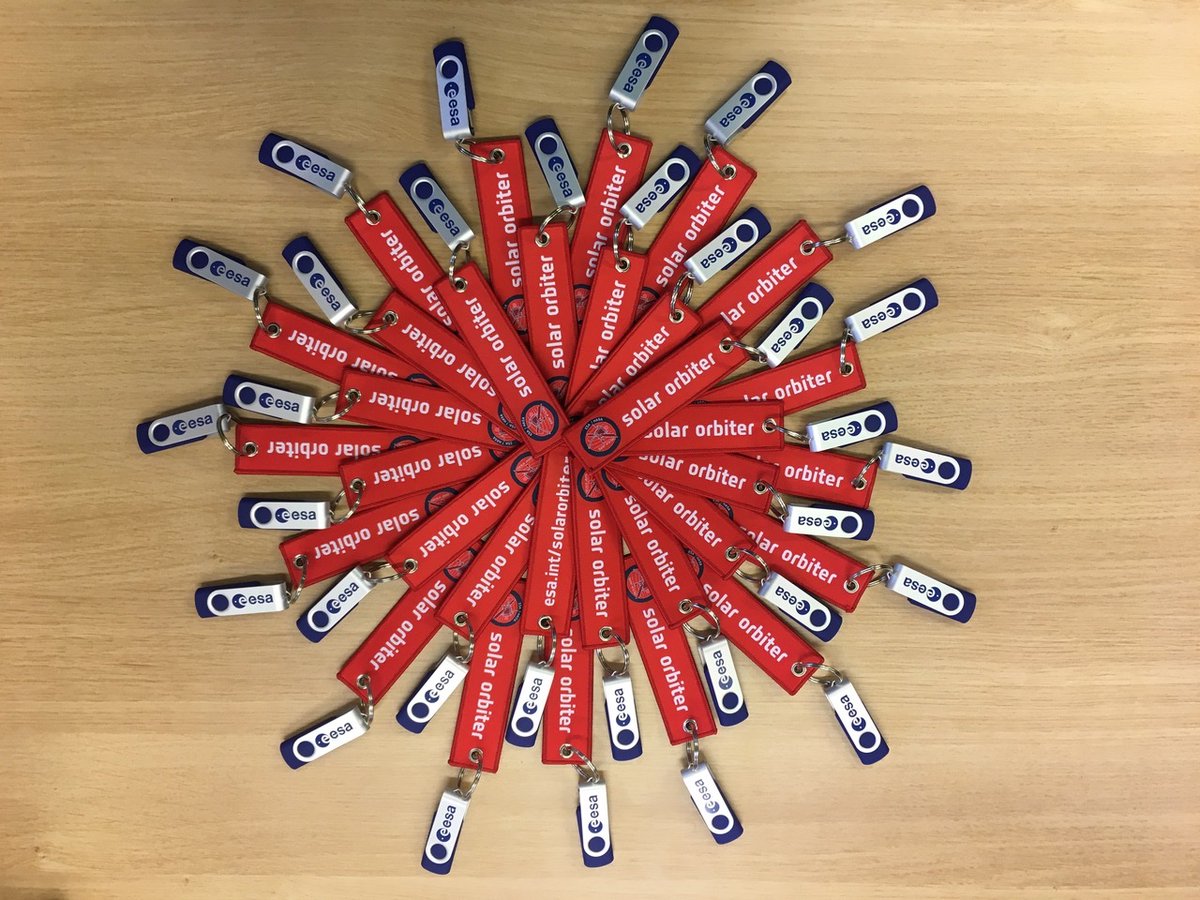Bonus #science opportunity for #SolarOrbiter, which will cross through the tails of #Comet ATLAS in the next few days. The mission's 4 in-situ instruments will be switched on and collecting data during the encounter 👍 #weareallsolarorbiters
More details: esa.int/Science_Explor…
More details: esa.int/Science_Explor…
The commissioning of #SolarOrbiter has been proceeding over the past three months to ensure the spacecraft and instruments will be fully functional for the 1st close pass of the #Sun, to take place on 15 June, around 77 million km from our parent star.
Meanwhile, @einionyn noticed that #SolarOrbiter would pass through the ion tail of Comet ATLAS on 31 May-1 June + through the dust tail on 6 June. Fortuitously, the 4 in-situ instruments that measure the conditions around the spacecraft are also great for studying #comet tails! 

Unexpected encounters like this provide unique opportunities & challenges. Thanks to a special effort by #SolarOrbiter instrument teams & @esaoperations, the 4 in-situ instruments will be on, even though at certain times they will need to be switched back into commissioning mode. 
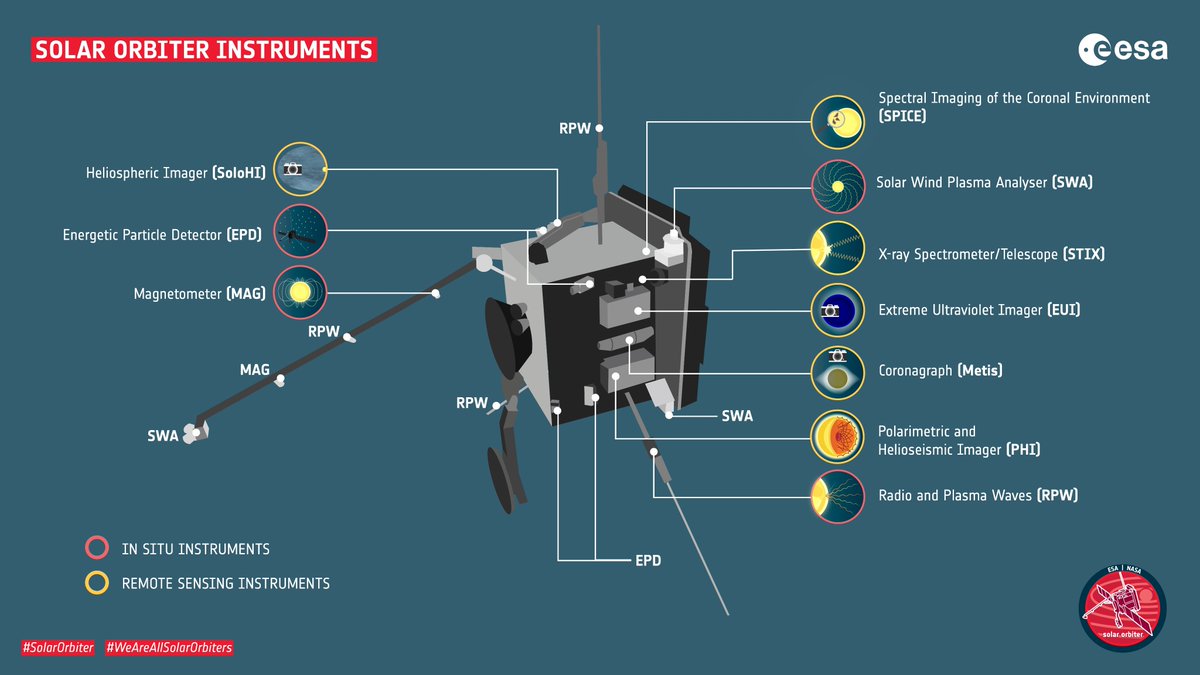
Another challenge is posed by the comet itself! In early April, Comet ATLAS fragmented & its brightness dropped significantly. A further fragmentation occurred mid-May, making it even less likely to be detectable by #SolarOrbiter – but the effort is still worth making #forscience 
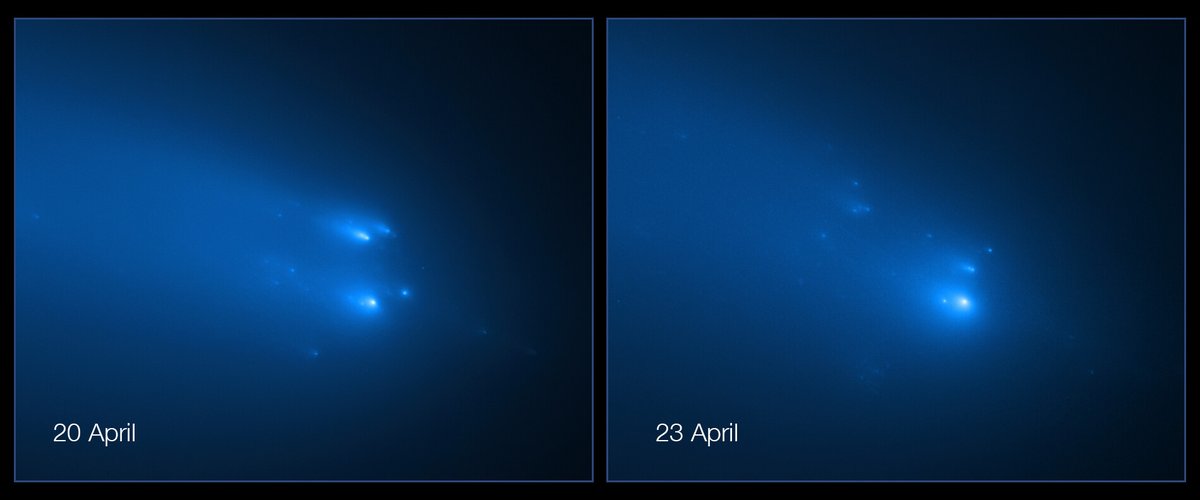
If #SolarOrbiter detects Comet ATLAS's presence, scientists could learn more about how #comets interact with the solar wind – the flow of charged particles released by the #Sun – and also about the dust environment of our star, as the comet nucleus is inside the orbit of Mercury.
Looking at an icy object rather than the scorching #Sun is an exciting – and unexpected! – way for #SolarOrbiter to start its scientific mission, but that’s the nature of #science 🙂
Stay tuned as the spacecraft approaches its first perihelion in mid June #WeAreAllSolarOrbiters
Stay tuned as the spacecraft approaches its first perihelion in mid June #WeAreAllSolarOrbiters
• • •
Missing some Tweet in this thread? You can try to
force a refresh


